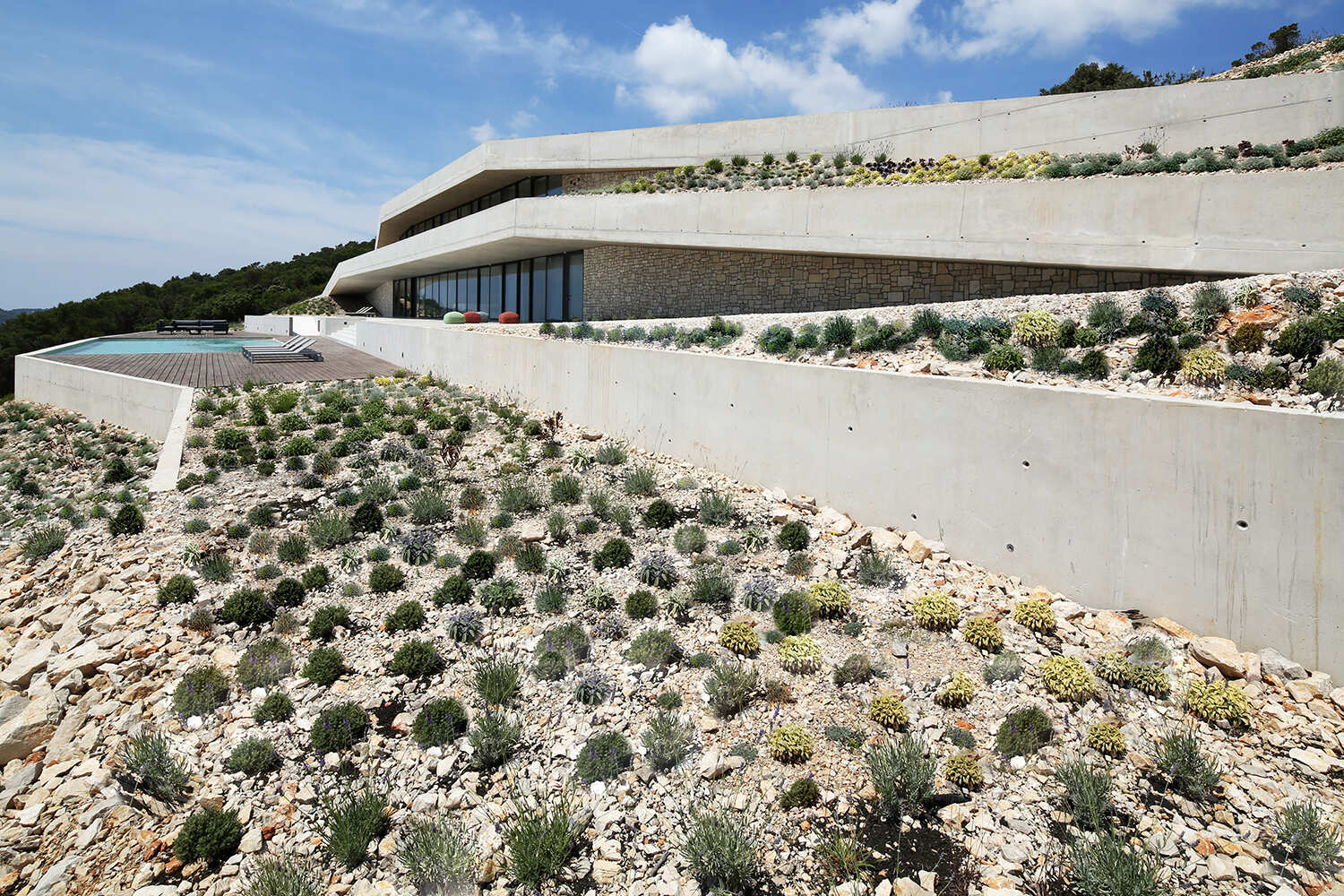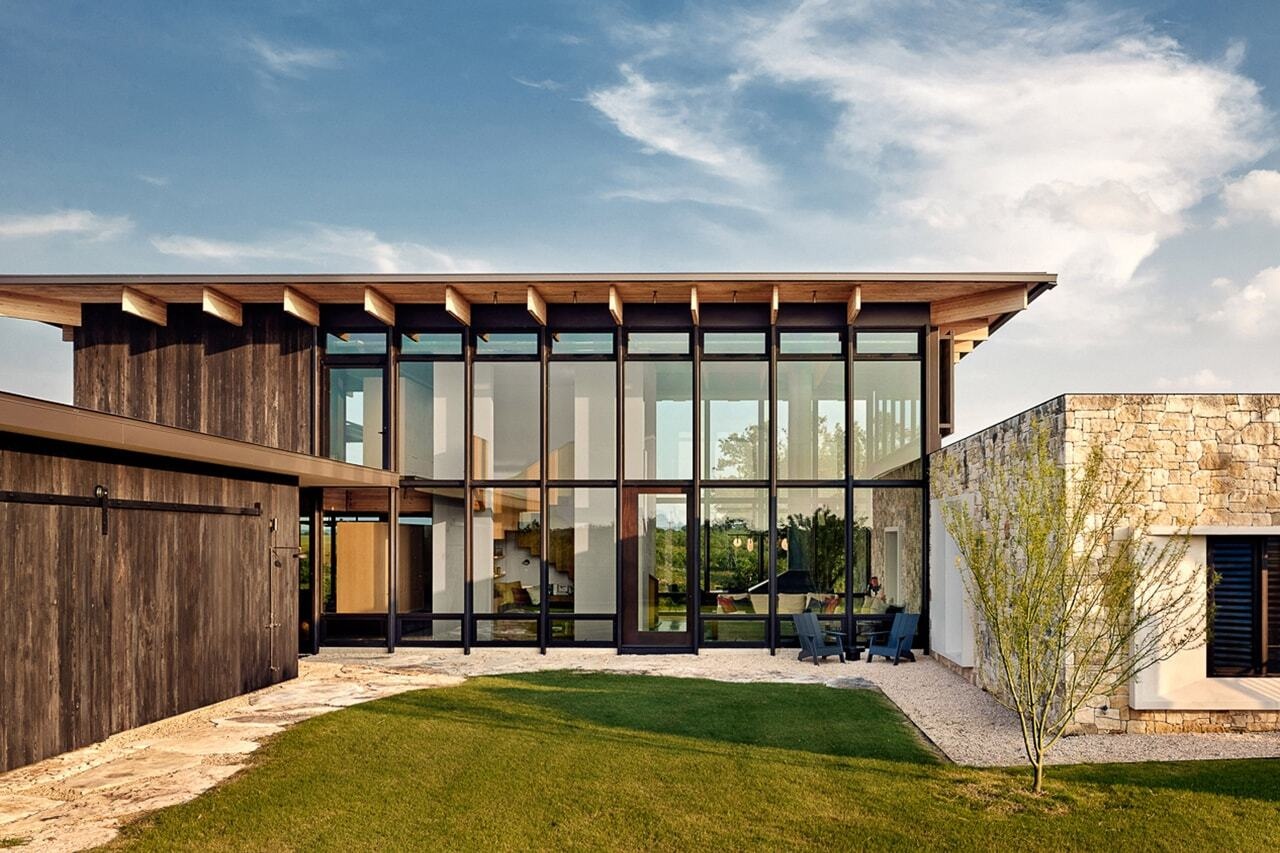The state of high-speed rail infrastructure in the United States


After an announcement that Amtrak launched a new generation of high-speed trains in the eastern US, we take a look at the progress of other proposed high-speed rail projects throughout the country, including in California and Texas.
Defined by the International Union of Railways as trains reaching 155 miles per hour on new, purpose-built lines, or 125 miles per hour on upgraded existing lines, high-speed rail projects have been discussed in earnest in the US since the 1960s, after the introduction of the High-Speed Ground Transportation Act of 1965, which pushed for the modernisation of pre-existing railroads.
Currently, there are six major projects considered "high-speed" across the US, each in various stages of planning, construction and completion.

Along the eastern seaboard, there's the Northeast Corridor, pre-existing tracks between Boston and Washington, DC that have historically – and continue – to host the country's fastest trains with Amtrak's Acela trains now hitting 160 miles per hour.
In Florida, there's the privately-funded Brightline "higher-speed" system that reaches speeds of 125 miles per hour between Orlando and Miami, with talks of lines to Disney World and Tampa. The same company is currently working on Brightline West, which would branch off the California high-speed rail in Los Angeles and run to Las Vegas at around 200 miles per hour.
California's High-Speed Rail system is set to hit 220 miles per hour between San Francisco and Los Angeles for Phase 1 of the project, and has been in the works for decades.
"The most advanced" of the high-speed rail projects, according to program director at the Marron Institute of Urban Management at NYU Eric Goldwyn, parts of the California system, such as overpasses and bridges, are currently under construction.
Meanwhile, two significant projects are in the planning stages.
In the middle of the country, there's the proposed Texas Central 200-mile-per-hour line that would run between Dallas and Houston.
Lastly, there's the proposed "ultra-high-speed" Cascadia Rail. Set to be largely publicly funded, with Washington state leading the project, the 250-mile-per-hour train would connect Vancouver, Portland and Seattle.
Each faces its own unique set of challenges, many of which come down to the state, or states, in which the system resides.
The difficulties of inter-state coordination
Elements such as regional terrain and density can make designing more tracks difficult, but it's funding and approvals that are the biggest issue.
The federal government can invest money into a project, as was the case under US Presidents Barack Obama and Joe Biden, or reduce funding, like the Trump Administration has recently done to California and Texas, leaving projects scrambling for funding.
It also means, if a system runs through multiple US states, each has to be on board, which works to explain why many of the new lines are confined to a single state.
"Unless the federal government is asserting its national authority, it requires [each state] to coordinate and play ball, and coordination is just hard," said Goldwyn.
"[States are] usually saying 'you have to give us a bunch of money to get coordinated'," he continued. "And, the only ones who can do that are the federal government. The state of Illinois and the state of New York are not going to give Ohio a bunch of money just to build a train line."
As a result, high-speed rail in the US is a political issue, based around the enormous cost to build completely new high-speed rails or update existing ones and the operating costs that follow.
In states such as California, there is more public support, where a recent poll showed 62 per cent of voters in support, while in Texas, "a lot of people really hate that project, vehemently", according to Goldwyn.
Under the rotating four-year term of a President, the projects face further whiplash.
Despite this, projects such as California's High Speed Rail, Florida's Brightline, and Texas Central continue to expand.
"I think we'll get there"
"High-speed rail systems transform countries, regions, cities and communities worldwide," California's High Speed Rail Authority told Dezeen.
"The California high-speed rail system will also be an economic and environmental transformation catalyst – redefining transportation in the United States. The system will revolutionize how Californians travel. It will provide a greener, safer, and more hassle-free alternative to sitting in traffic and waiting at airports."
Goldwyn remains optimistic, noting that high-speed systems could benefit from being electrified. He said that more and more frequent stops need to be added along routes, and trains need to be "faster than driving" to build ridership.
"I think we'll get there," he said. "Brightline West ordered the trains for their line. And they can hit 180 miles per hour."
Recently, France's high-speed TGV train received a design revamp, and Foster + Partners, Arup and Page & Turnbull unveiled designs for stations along California's High Speed Rail.
The post The state of high-speed rail infrastructure in the United States appeared first on Dezeen.



















































